Estimated reading time 16 minutes, 44 seconds.
Nineteen sixty-four was an eventful year. Lyndon B. Johnson won the U.S. presidential election, Lester B. Pearson held the top job in Canada, and The Beatles first crossed the pond to America. The landmark U.S. Civil Rights Act of 1964 was signed into law, Tokyo hosted the 18th Summer Olympics, and Muhammad Ali became heavyweight champion of the world.
Another heavyweight was crowned in May 1964, when Beech Aircraft Corporation received the type certificate for the Model 90 King Air, priced at US$320,000 fully equipped. Two months later, the first corporate delivery went to United Aircraft of Canada, Ltd., the precursor to Pratt & Whitney Canada, which had shipped its first production PT6 engines to Beech to power the King Air’s maiden flight.
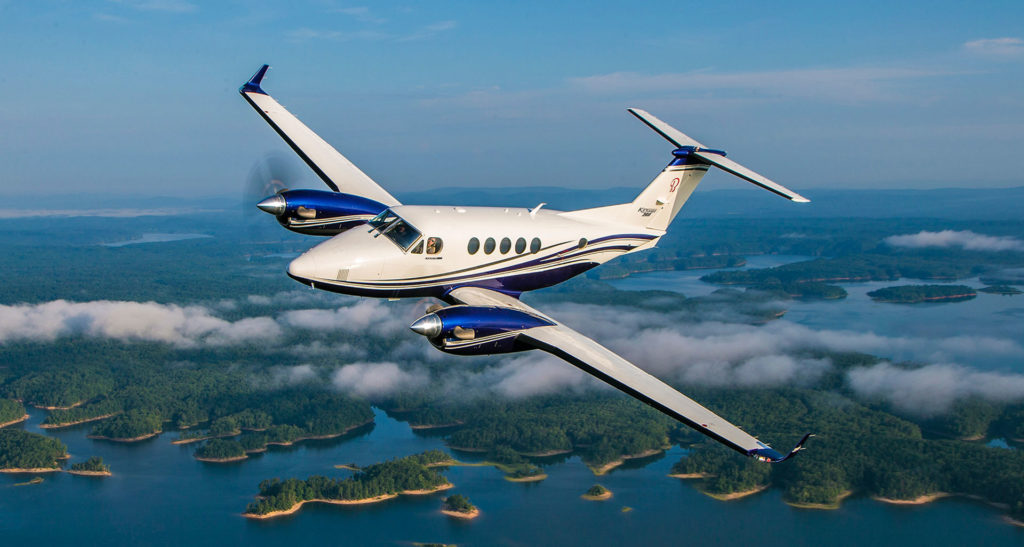
Since then, Beechcraft – now under the Textron Aviation banner – has delivered over 7,600 aircraft to both commercial and military customers around the world. According to the OEM, 6,320 King Airs are still flying today, and the global fleet has clocked some 63 million flight hours.
The newest pair of monarchs in Textron Aviation’s venerable line are the King Air 360, which entered into service in November 2020, and the King Air 260, which achieved FAA type certification this past March. The pair have ushered in the latest generation of a design dating back to the type’s maiden flight nearly six decades ago.
To tell the King Air’s story is to tell a tale of innovation, versatility, and capability. Today, the type flies for 4,100 operators in 130 countries around the world, and its popularity shows no sign of waning. Over the years, challengers have come and gone, but the King Air’s loyal following stays true.
Leon Munyon, Textron’s regional sales director for Canada, attributes this success to the aircraft’s reputation for being a workhorse.
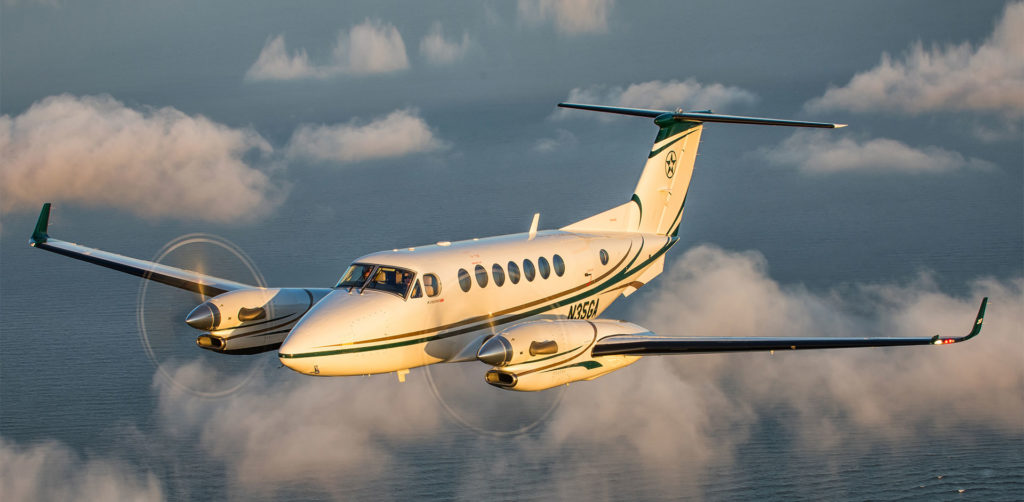
“I think it’s two things: The cabin has always been a huge attraction to that airplane; it’s very comfortable. Second, the envelope is large for load capacity, so you don’t have weight and balance issues.
“The King Air is the SUV of our product line,” continued Munyon. “You can almost load the tanks, fill the seats, and go. The most interesting part of a sale to someone looking at a King Air for the first time is that many equate it to the old B100 with the Garrett engines — being loud, etc. But with the technology now, it’s so quiet and comfortable. People are always shocked.”
Over time, the King Air has become a more luxurious SUV, as Textron increased the creature comforts in the cabin and the technology in the cockpit. Borrowing from its Citation jet line, Textron has upgraded the turboprop’s seats and cabinetry to be on par with a mid-size jet. The King Air 360, for example, features an enhanced digital pressurization system for increased passenger comfort, along with reshaped cabinetry and redesigned sidewalls and lighting. Up front, pilots will appreciate Collins Aerospace Pro Line Fusion avionics and full autothrottle capability.
At 2021 base prices, the King Air 260 comes in at US$7.05 million; the 360 at US$8.39 million; and the 360ER (extended range) at US$8.93 million.

Versatile Ruler
The King Air has traditionally performed a host of civilian and military missions. Munyon said the aircraft has always been a popular medevac platform for civilian operators, as well as a people and cargo mover. Its ability to access unimproved landing strips makes it a valuable asset for northern operators.
The other significant user base, according to Munyon, includes corporate owners who have a couple of locations within 1,000 nautical miles of each other. That distance represents the sweet spot for the King Air.
“Again, you’re looking at the mission,” he said. “If it’s shorter and you’re hauling four to eight passengers, the King Air profile works well. Frankly, I think it’s also popular because it’s perceived as more practical and conservative. When a jet rolls up with a government official on board, people who aren’t as aviation savvy think it is a bit extravagant. Turboprops are perceived to be more practical, especially if you don’t want anything flashy!”
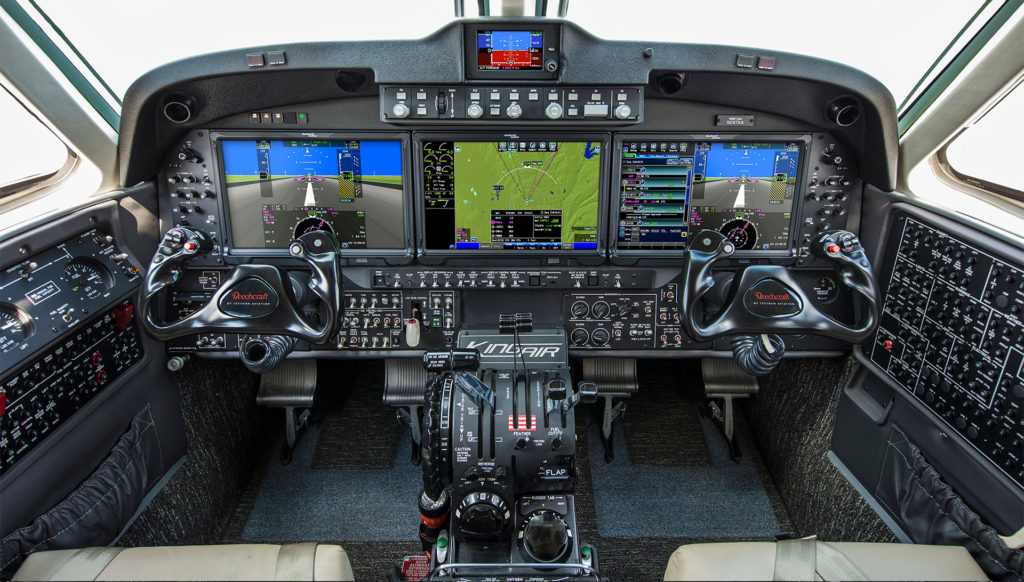
Munyon said Textron believes the King Air’s future is secure. “It’s always been the bread and butter of our industry. It’s a strong product for us, and will continue to be because of its flexibility: payload, range, speed.”
A Multitude of Missions
Around 5:30 a.m. on a typical Monday morning in Steamboat Springs, Colorado, four or five doctors will be waiting for a King Air at the local airport. They’re part of the Rural Partners in Medicine (RPM) network, which delivers medical specialists to isolated hospitals so they can provide onsite care to local residents.
“Doctors can live where they want and we’ll transport them to where they work,” explained Scott Middleton, lead pilot for the RPM program, a division of Mountain Aviation in Broomfield, Colorado.
“We’ll then fly them to their respective hospitals. I’ll schedule it in such a way that we can get them to their hospitals efficiently, with stops west to east across Nebraska, for example. Some doctors will be there for a day, or some for a few days. Then you pick them up east to west, in reverse order, and drop them off back at their home airport. Most days, all our planes are flying with multiple doctors on board.”
RPM operates four King Airs – three 200 models and one C90B – and together, they fly a total of about 150 hours per month, or 1,800 hours per year.
Middleton said the King Air is the perfect platform for the RPM role.
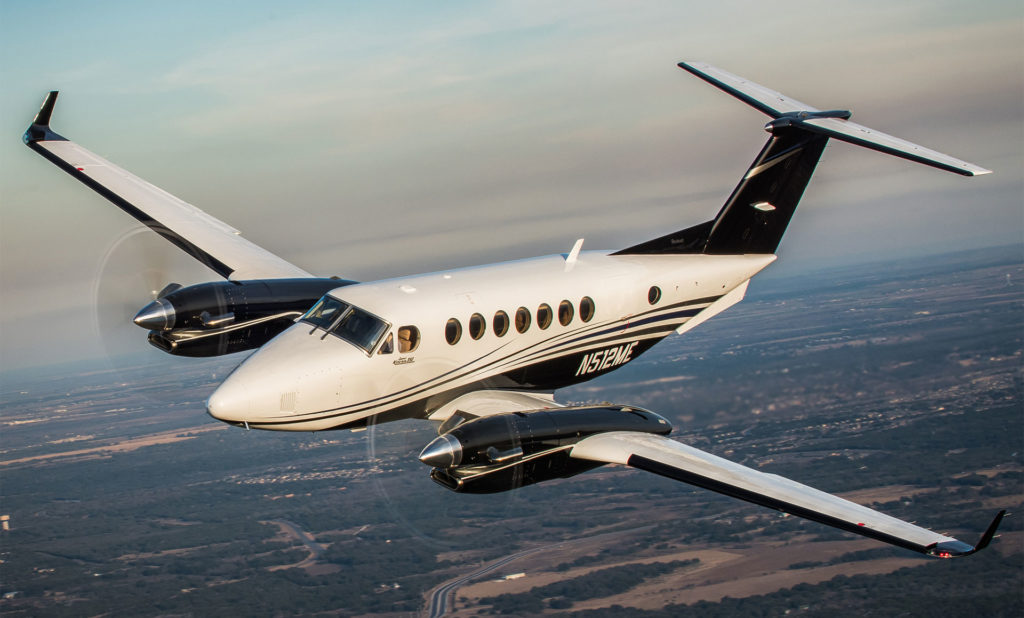
“We go into a lot of small rural airports that may or may not have runway upkeep,” he said. “They may not be plowed, or have operating AWOS, or the typical lighting configuration of a larger runway. We’ve found that the King Air is best. It has better short field capability and can easily handle quick turns and multiple legs, when we do as many as nine or 10 legs every day.”
RPM missions are usually flown single pilot, and sometimes the flying is challenging.
“We fly in and out of mountain strips,” noted Middleton. “We take the aircraft performance into account. We’re often flying single pilot, at night, IFR, in snowstorms. The King Air makes that type of flying very safe. Once you learn your flows and get really competent, it all comes together. A lot of planes are not set up for easy access. But the King Air is set up so a single pilot can operate it safely and consistently.”
Fog can settle over rural Nebraska for prolonged periods, and many of the RPM hospitals are less than 100 miles from each other. When it’s down to instrument minimums, the King Air allows for quick turns and provides pilots the opportunity, once airborne, to throttle back and give themselves more time to set up for the next approach.
“On relatively short trips under two hours, the King Air is very economical, especially with multiple legs,” concluded Middleton. “During takeoff and climb, it will burn less fuel. It does take you a bit longer to get there, but we typically don’t go more than two hours away, so we are able to see the economic benefits to the aircraft.”
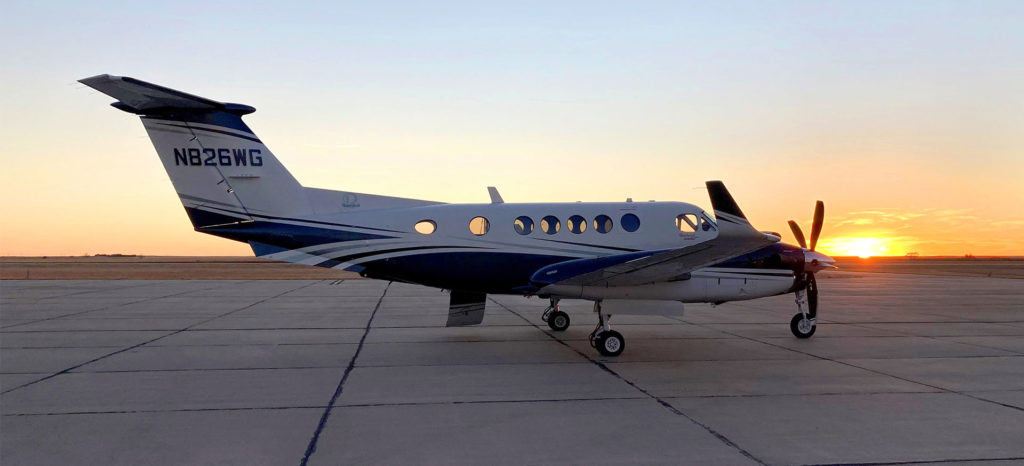
Timeless Design
Dan Rutherford agrees that the King Air delivers high value. As the manager of marketing and business development at Fast Air in Winnipeg, Manitoba, he is also a King Air pilot and the organizer of the annual Canadian King Air Summit.
Fast Air operates 14 King Airs — 12 200 models and two King Air 350s — and flies three main types of missions.
“Our medevac division is very busy; we have two sub-groups for critical care and basic medevacs,” explained Rutherford. “We have other aircraft designated for crew movements, where we move eight or 10 construction staff and gear to remote locations, for example. We’re doing a lot of that now. Finally, executive charter. We’re in the midst of expanding and have several aircraft for that area.”
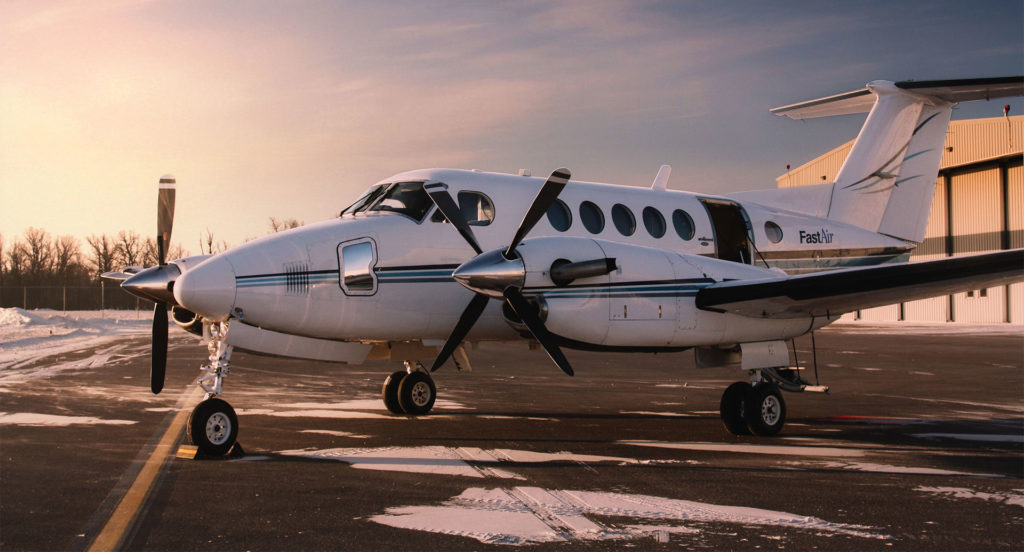
Rutherford said the King Air is a timeless design that has remained relevant for close to 60 years. Not only does the aircraft have a diverse capability, from VIP to high-capacity passenger to freight and medevac, but a number of third-party modifications have been developed over the years to enhance its performance even further.
Much of the Fast Air fleet has been upgraded with Garmin G1000 glass cockpits, as well as several Raisbeck Engineering mods, including RAM air recovery systems, composite five-blade swept propellers, and enhanced performance leading edges. In addition, the CenTex HALO 250 conversion kit increases the payload capability of a King Air by 920 pounds.
“We have those three things on many of our aircraft,” said Rutherford. “It means you can take a full load and fly a longer distance. In Canada, that’s a big deal because a lot of traffic goes north-south. When you are going into the far north, it saves time and is easier.”
During the pandemic, the King Air fleet at Fast Air remained busy, with the exception of an initial drop-off when COVID-19 first hit in March 2020. By December 2020, flying activity was back to normal levels. Rutherford attributes this to the economics of King Air operation.
“The aircraft is attractive to new entrants to private aviation, people who were using airlines before,” he explained. “The King Air has more appeal because it’s more economical compared to a jet, maybe 30 percent less expensive, depending on the jet you are comparing it to. I think some people who own a jet may be parking it right now, but they still have some travel they want to do. So, they just charter a King Air. This seems to be a trend in the U.S. charter business as well.”
From the King Air Summit, a one-day event geared to owners and operators, Rutherford has observed that Canadian King Airs are usually high-utility machines, flying 700 to 1,000 hours annually.
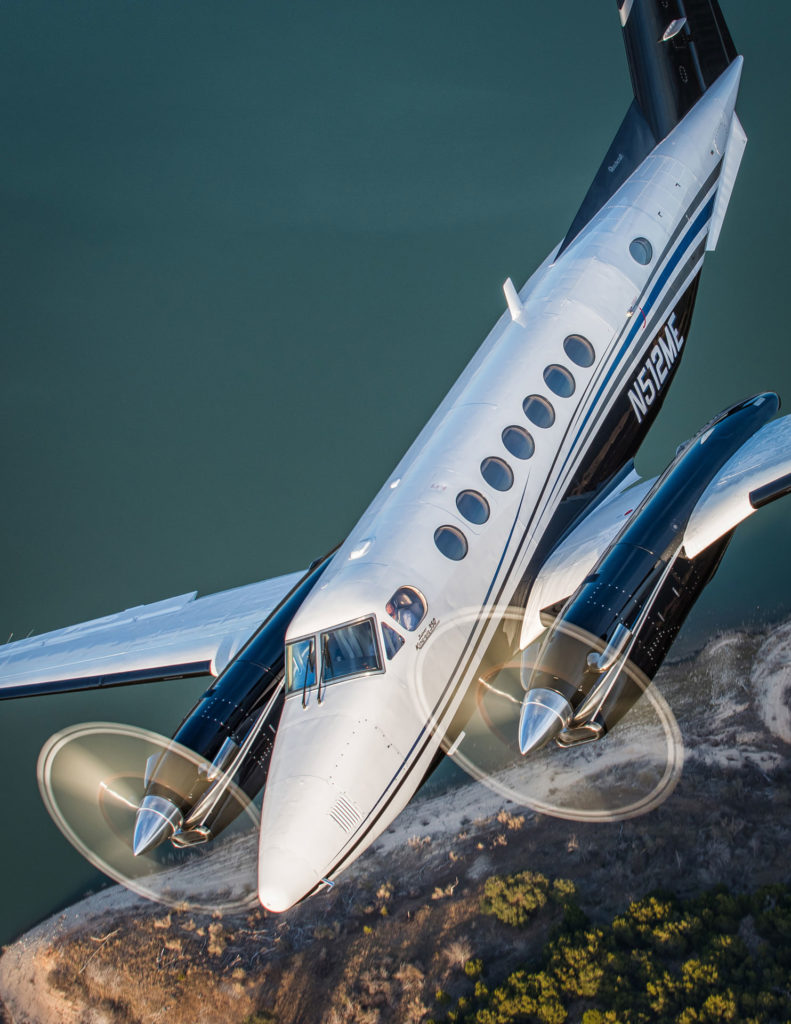
“Aviation opened the north of Canada, and that opened access to so many resources. While our population lives close to the U.S. border, the vast majority of our flying is going north. Many of those airports have shorter, unpaved runways. You can’t land most jets there, but they are well suited for the King Air. The turboprops give you great speed and access to the vast majority of Canada’s airports. If you’re going east-west, it still suits that, too.”
Proven Performance
The King Air supports many successful organizations, large and small. One of these is Tri-State Generation and Transmission Association, a not-for-profit cooperative wholesale electric utility company based in Westminster, Colorado, with operations also in Nebraska, Wyoming, and New Mexico.
With 5,665 miles of high voltage transmission lines and more than 40 distribution utility members that serve over one million people, the organization uses one King Air 200, plus a leased backup, to move staff around its nearly 200,000-square-mile coverage area.
Thanks to the pandemic, chief pilot and flight operations manager, Barry Hitt, said flying has decreased by about one-third. He has flown for the utility for two decades.
“We are starting to see an increase in activity as the year develops. Our mission is still to support the generation and transmission assets, and members, of the cooperative.”
Hitt said the utility’s flight department transports engineers, environmental and land rights permitting experts, and human resources and safety personnel — all departments in the company have access to the plane.
“We do day trips, out and back, and not many overnights,” he said.
Because most legs are around 35 minutes, the King Air is a cost effective transport option.
“I think the biggest thing would be the fact that it’s a very proven aircraft,” said Hitt. “It’s had the longest production run of any turboprop on the market. I think it’s arguably one of the best turboprops ever made. There have been variations over the years, but most of the mods have all been performance and safety enhancements. We place a high premium on safety here, and the King Air delivers.”
Tri-State’s company aircraft has a full Raisbeck modification package, including leading edge enhancement, RAM air recovery, dual aft body strakes, high crown wing lockers, and quiet props.
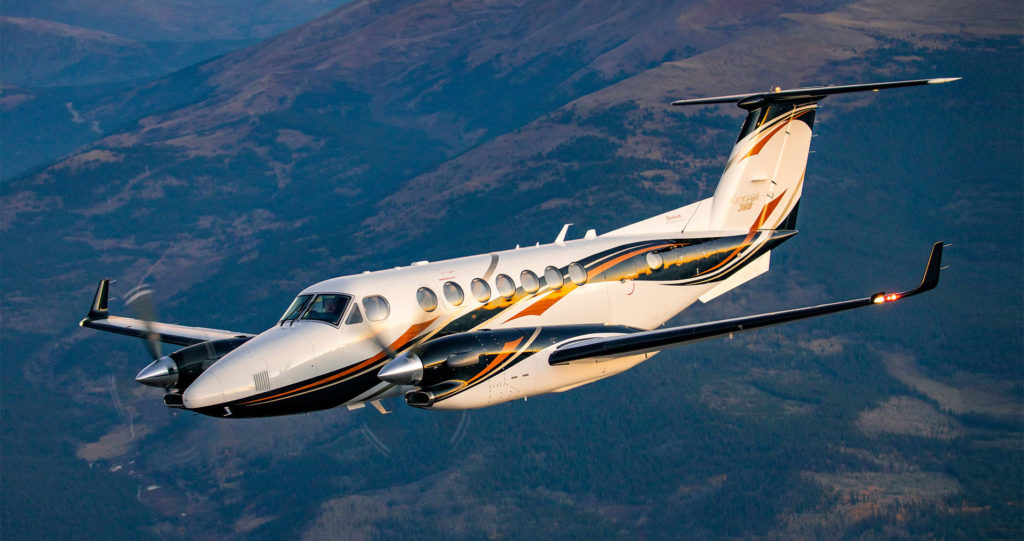
In nearly six decades of operation, Beechcraft’s King Air line has proven it has the all-around capability to take on just about any mission. The mature platform has also developed a vast maintenance network, replete with what Textron’s Munyon referred to as “tribal knowledge.”
In 2020, Textron led the General Aviation Manufacturers Association’s
annual shipments and billings report with a total of 559 units delivered across its entire product line. While COVID negatively impacted production for all manufacturers, the Kansas OEM still delivered 113 Cessna and Beechcraft turboprops last year. The King Air family accounted for 62 of those turboprop deliveries. (In March 2021, Textron announced the cancellation of the smallest King Air C90 GTx model, citing reduced demand. The 90-series had been produced, in various iterations, since the launch of the line in 1964.)
As the King Air closes in on its 60th anniversary in 2024, Munyon said the manufacturer is committed to innovating the line.
“The new 260 and 360 are pretty spectacular. We’ve incorporated FADEC [full authority digital engine control], auto pressurization, and a whole new interior,” he concluded. “We will continue to update. As technology improves, we’ll improve with it.”
That’s good news for operators around the world, who continue to rely on the King Air’s versatility, performance, and reliability to complete a multitude of missions.
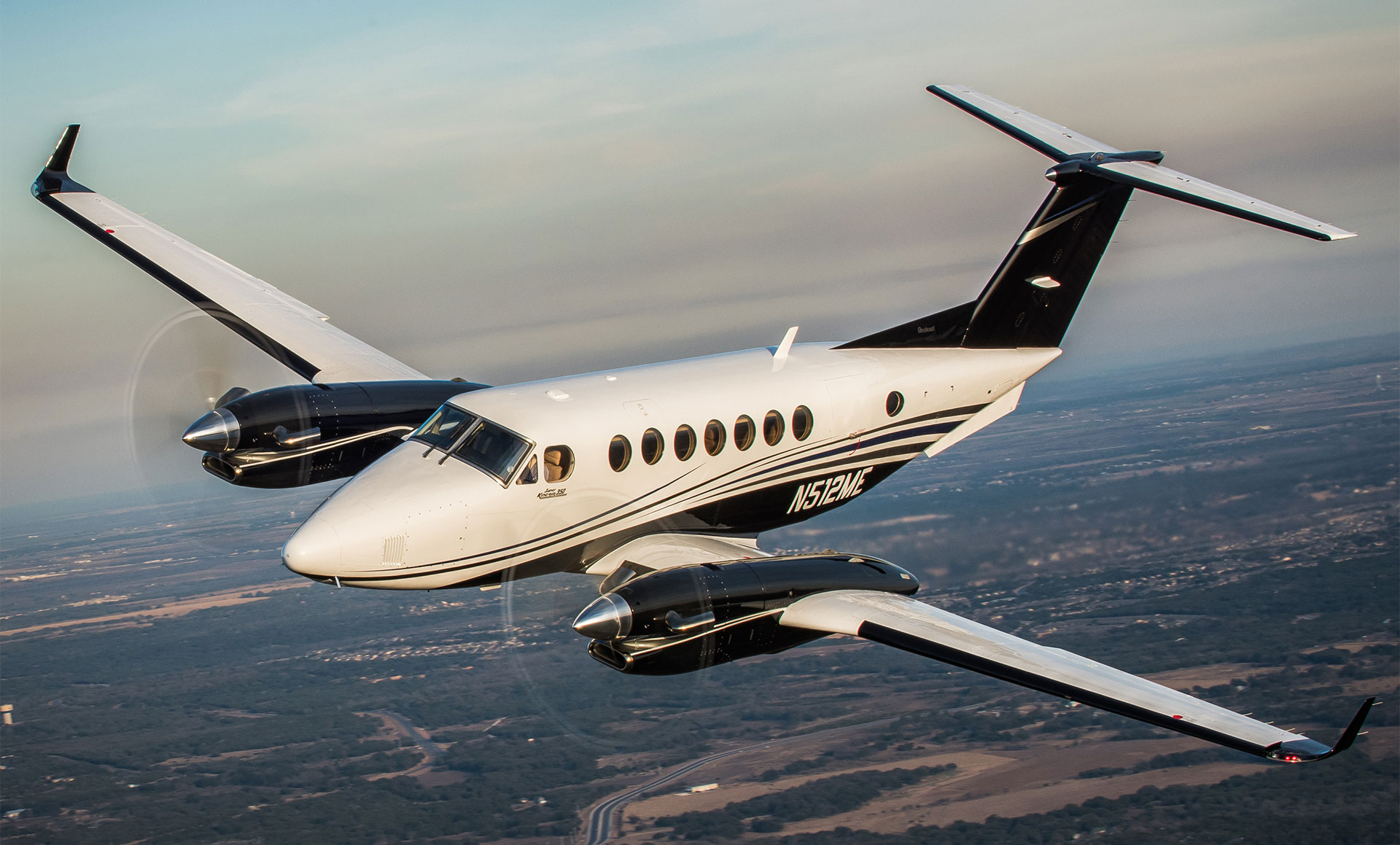

The ‘King Air’ is so handsome, functional and worth it as an airframe. Keep producing them.